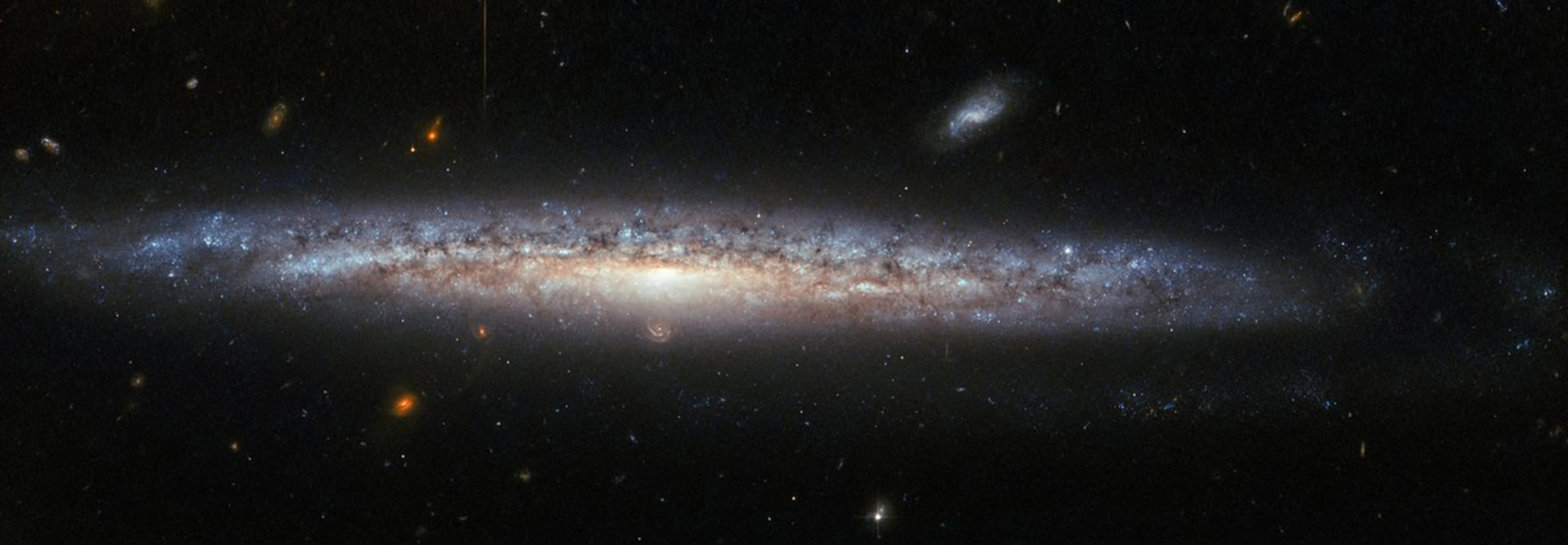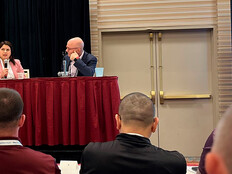GITEC 2019: For NASA, Artificial Intelligence Complements Rocket Science
Mars Rovers and deep space telescopes are already high-tech, but NASA wants to use artificial intelligence to make some of its most exciting creations even more ingenious.
The agency has plans to employ AI throughout its operations, from conducting basic financial operations to finding extra radio frequencies aboard the International Space Station.
It’s taking to heart the message of a recent executive order recognizing the importance of AI to the federal government, and calling on agencies to focus on making the United States a leader in AI technology, says John Sprague, acting associate CIO for NASA’s transformation and data division.
“There’s a lot of interest — not only in the government, it’s going crazy in industry. There’s really cool stuff going on,” Sprague said Tuesday at the 2019 GITEC Emerging Technology Conference in Annapolis, Md.
For more articles from GITEC 2019, check out our conference landing page.
Bots and AI Take Care of Rote Work for Humans
On the most fundamental level, NASA employs a bot named Washington at its shared services center in Mississippi to handle routine financial transactions. Other bots named Adams and Pioneer deal with financial and procurement-related tasks, and the newest, named Beacon, is expected to go on line later this year.
Aboard the ISS, the Space Communications and Navigation Testbed uses machine learning to find unused radio frequencies in a crowded spectrum. This could help troubleshoot communication problems and give astronauts a way to transmit more data.
“You’ve got unlimited frequencies you can use now,” Sprague says. “It can mitigate space weather, electromagnetic radiation interference — all kinds of problems that are really hard to solve.”
Artificial intelligence is giving a boost to one of the agency’s most famous pieces of gear, the Hubble Space Telescope. Conceived in the 1940s, designed in the 1970s and launched in 1990, the telescope that’s provided spectacular images of deep space “doesn’t have AI. There was no AI back then, or it would have been on it,” says Sprague.
Researchers, astronomers, universities and other institutions request time and images from the telescope, and that used to be plotted out and scheduled by a team of humans. But now, its scheduling is done by AI, he says.
The AI-driven scheduler can more quickly figure out the most efficient paths for the Hubble telescope to take to get all of the images that researchers need, Sprague says.
Mars Mission and New Rover May Rely on AI
NASA has turned to AI to help with its own research. In 2017, Google machine learning tools scoured images from space to find an eighth planet orbiting Kepler-90, creating a tie with our solar system for the sun with the most planets (Pluto is still not considered a planet).
Today, NASA is using IBM’s Watson Content Analytics technology to search the existing scientific literature for ideas for solutions to a number of challenges, including how to shield astronauts from radiation on a long trip to Mars. That particular life-threatening problem is one of the major hurdles to a crewed mission.
“There’s not enough protection right now to protect the astronauts,” Sprague says. “What can you put up there to put around any spacecraft to keep the astronauts safe? It’s extremely hard to do.”
AI will be valuable for the nonhuman crew on a Mars mission as well, Sprague says. In 2010, the Spirit Rover got stuck in the Martian sand and couldn’t move. Trapped in a position where it couldn’t catch the solar energy it needed for power, it stopped communicating with NASA shortly thereafter.
Spirit was hampered by the lag in communications between Mars and Earth. Radio signals can take between 5 and 20 minutes to get from one planet to the other, depending on their positions in space. Spirit had to alert NASA that it was stuck, and then NASA had to tell Spirit to stop spinning its wheels and using up its power. That shouldn’t happen with the Mars 2020 Rover, says Sprague.
“Let it do it all on its own,” he says. “Let it figure this out, let it have the sensors, get the data and make the decisions on its own, and save this very expensive piece of equipment.”










